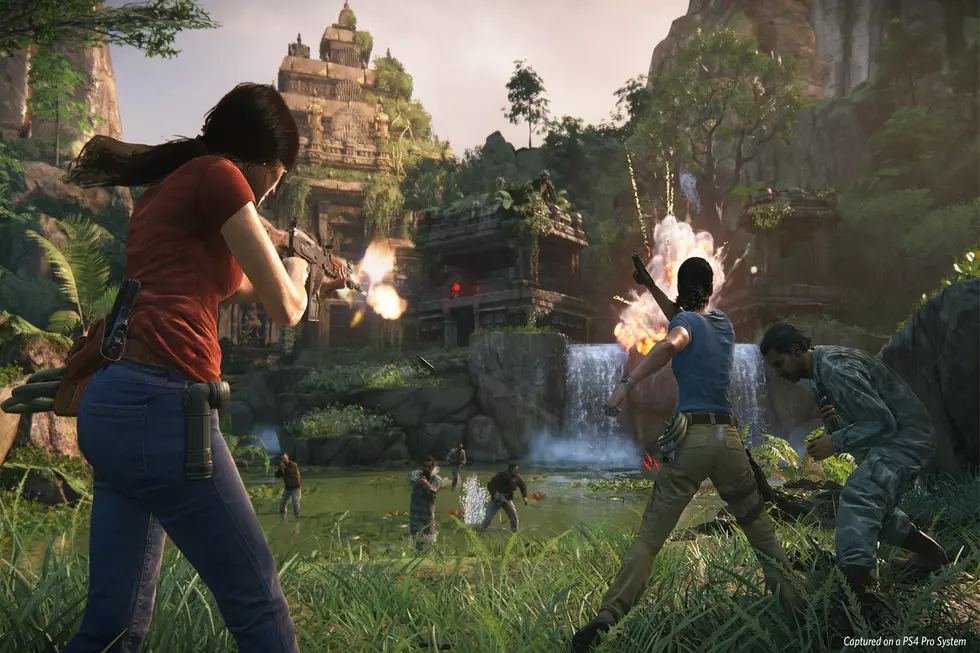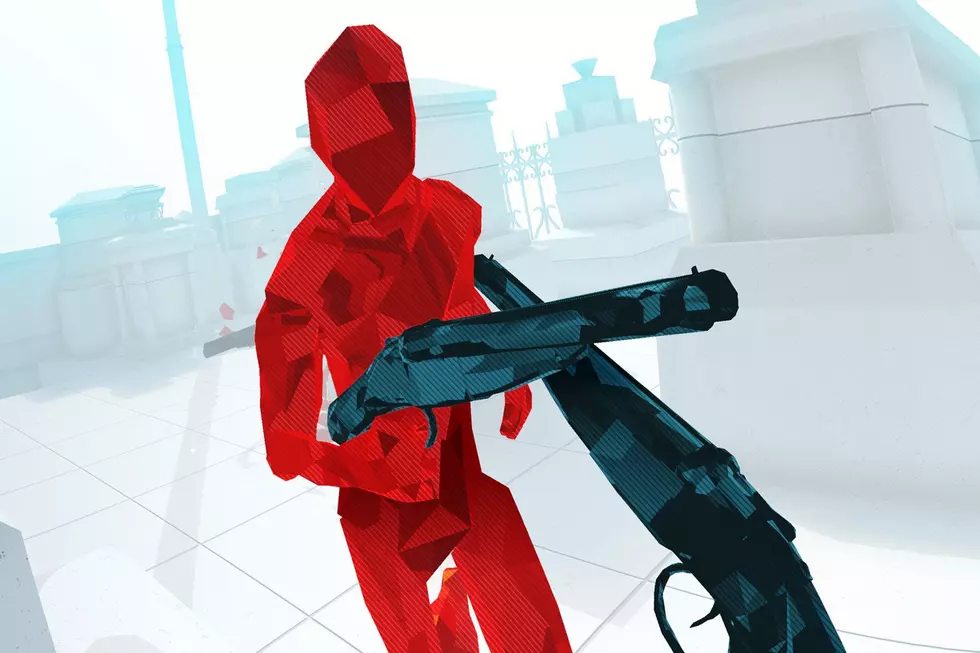
Most Modern Games Could Benefit From Special Photo Modes
What's in a screenshot? Is it timing? Is it placement? Is it a representation of the effort it took you to get there? I have a good friend who actually had printed and framed screenshot moments of his journey in Fallout 3 because, for him, that was a true pinnacle of gaming and he wanted to immortalize those feelings. My social media feeds are often flush with jokes and accolades to other people's own gaming experiences. I, too, have spent minutes upon hours in the PlayStation 4 share menu and other things like it trying to tap a perfect angle and timing for a screenshot in many of my own games. Maybe that's why it's weird to me that a feature like Final Fantasy XV's photography mechanic isn't a common feature in most, if not all, new games.
We're only just now starting to see this as a more common thing. Game developers are starting to include features that allow players to capture their own moments because they're seeing that it's something we love to do. For the longest time, the screenshot was relegated to gaming magazines and tech heads with the know-how to make them happen. Knowing your way around getting that perfect snap of a game in action was the magic of advertising and marketing departments. These were our windows into the new products on the way and currently being discussed – The quality proof of a review telling us a game was good or garbage. As video game journalism evolved, so did the means to capture excellent viewpoints of the games we love and hate.
That said, it has never stopped everyday enthusiasts from trying to share. Any group of players probably knows someone that left their Nintendo on the end credits screen of a game like Zelda or Battletoads for hours to prove they had accomplished the fantastic. Homebrewed applications are lurking out there specifically for the player looking to capture their own moments on PC and mods for particular games like Witcher 3: Wild Hunt and Fallout 4 have cracked camera code just to give players freedom to capture the exact angles they want. Social media has only further stoked the fire. As players and the world around them have become more interconnected, it has made it easier than ever to be part of the conversation or prove one’s own experiences with their own shared visuals.
Final Fantasy XV didn’t start this conversation. There have most certainly been photo modes and mechanics before it, prominent in the likes of games like The Last of Us and Uncharted 4 where Naughty Dog gave us ample opportunity to make our own top grade shots in a cinematic universe. Final Fantasy XV wasn’t even the first to do the photographer character that goes around chronicling the journey. That would probably be Earthbound. However, Final Fantasy XV most certainly busted this topic wide open in a way other games don’t or can’t for a major reason: Its photography mechanic is both unavoidable and personal. You can go through The Last of Us without ever touching the photo mode. In Final Fantasy XV the photo mode is an actual accompanying character snapping shots of everything you do and all the things unfolding around you. It’s not a generic set of pictures set to happen at predetermined times like in Earthbound. It’s your journey, all of the decisions that you made at various junctures and events, and it creates a deeper connection to your own personal album than there otherwise might be.
It doesn’t even necessarily have to be connection to the beats of the story either. Games are getting exponentially more gorgeous and it’s becoming more enjoyable to just capture that beauty. The problem is that most games don’t often sit there waiting for you to take a picture. Getting that snapshot can be incredibly difficult, especially in action sequences. The aforementioned Naughty Dog titles come to mind, but that’s also one of the many reasons Horizon Zero Dawn is so cool. It’s a gorgeous world with great characters to be sure, but Guerrilla Games doesn’t just show you it for your own enjoyment. They also help you immortalize the visuals you love. Their photo mode can be accessed in the pause menu and the sheer level of adjustments, such as angles, color, brightness, aperture, and even time of day, allow players to play photographer in a world that doesn’t even have context for it. It’s simply for the player’s benefit.
It points to a huge role in why the personal screenshot matters. “Connection” is the key word. It’s different when you, yourself create that shot. You feel a connection to that creation because you know what it took to get to that point and take that shot you want. In a certain way, it really is like regular photography in that so much can go right with the shot, so much can go wrong and no matter what, that moment encapsulates a memory. The journey of most games may be for a massive audience, but when you get that kind of interactivity to create something, you can milk something from the general product that is uniquely yours. The burdens and success of the moment are real, even if the world around them was imaginary. You experienced it and you have something to show for it – something that can easily be tapped into and shared with others with just a look.
Here’s where I think we are with video games. No new game – Not one single new quality release and especially not a blockbuster – should come without some kind of photo function packaged somewhere within it. Certainly, consoles and PCs have numerous applications and share functions to snap third party screenshots, but those are mostly barebones offerings. I’m talking about appropriately structured modes dedicated to things like breaking the camera boundaries for a moment, changing settings and more. It shouldn’t even be regulated to adventure and role-playing games. Look at how many people enjoy Overwatch’s Play of the Game function and tell me it can’t work in shooters. Look at the ability to save and share replays of matches in games like Rocket League and tell me there’s no place for it in sports titles. I would go as far as to argue that if a game is expected to have a player base that loves it, it deserves a photo function of some kind. The technology is there and abundant.
It’s not even solely for the benefit of the player either. Developers have just as much to gain. In this age of connectivity, where do you think any given player is going to go first with the awesome thing they captured and created in your game? It can already be argued that social media is awash in various sectors with the shared images and musings of the players that love those games. It’s free advertising. Its players going out of their way to pin down a quirk that made them laugh or a moment they loved so they can share it with others. They’re talking about the game they like, spreading the word, partially because the ease with which to share that info makes it an absurdly easy thing to do and partially because it’s just plain fun.
So what’s in a screenshot anyways? Well, there are actually a great deal of things. It’s a memory and accomplishment. It’s a marker of a special moment between the player and the video game they’re playing that belongs to them. It’s beautiful scenery, a quirky moment good for an uplifting laugh on a bad Monday, and/or that perfect angle and timing in which it all comes together perfectly. It’s a conversation waiting to be had between players who can compare, share and find enjoyment in community among one another. It’s word of mouth, easy marketing and a little bit of justification each time for all that time any game creator puts into their craft. Perhaps most importantly, what’s in a screenshot is a window to the wide world of video games, and just about every one of them could do with some nice framing tools.
More From Arcade Sushi









